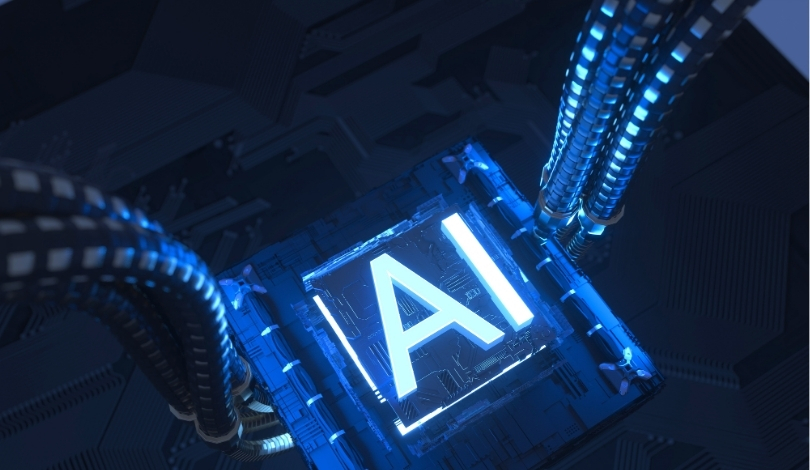With an ongoing U.S. housing shortfall and increasingly unpredictable weather conditions, construction companies are seeking new ways to meet demand while raising standards in resilience. Reframe Systems, based in Andover, Massachusetts, has introduced robotic microfactories to assemble homes off-site, aiming to streamline a traditionally fragmented industry. Industry experts and close observers are monitoring if automation can help bridge the gap between speedy construction and the flexibility needed for mass customization. Their approach has gained attention in the construction tech sector, as stakeholders search for repeatable solutions to ongoing labor shortages and material demands.
Interest in robotics for housing construction has developed steadily in recent years, with earlier initiatives focusing mainly on 3D printing technology for rapid prototyping and basic structural elements. However, many previous technology-driven solutions stalled when faced with the realities of diverse building codes, high upfront costs, and the complexity of integrating automation into existing workflows. Reframe Systems distinguishes itself by targeting the most repetitive tasks—such as wall framing—and integrating artificial intelligence to enhance not only production but also the design and compliance checking process. This contrasts with prior startups whose efforts were largely limited to the job site and often failed to scale due to logistical constraints and lack of industry adoption.
How does Reframe Systems address construction industry fragmentation?
Reframe Systems’ CEO, Vikas Enti, highlights the deep specialization and fragmentation of the construction sector, which relies on numerous subcontractors for even a single home build. By developing microfactories, the company centralizes the framing and assembly process using standard industrial robotic arms, minimizing the on-site coordination challenges that frequently slow down construction projects. Enti points out,
“The construction industry is as fragmented as an industry as it can get. To build a home, you need about 25 different subcontractors to show up, because everyone’s specialized.”
This centralized robotic approach is designed to sidestep traditional barriers to efficiency and innovation in the field.
Can microfactories improve efficiency in home construction?
The company aims to automate between 60% and 80% of the homebuilding process, starting with wall panels and moving towards modular assemblies. The use of Reframe’s proprietary vision and motion planning systems allows standard robotic arms to handle complex tasks, such as assembling walls and ceilings before floors, which isn’t feasible on typical building sites. According to Enti,
“We get to consolidate all operations. I actually get to build ceilings and walls before I build the floor. That’s not possible on the job site.”
Plans are underway to extend automation to tasks like insulation, window installation, and eventually, the use of automated cranes for volumetric modular construction.
What role does artificial intelligence play in their approach?
Reframe Systems utilizes artificial intelligence to optimize both manufacturing and design processes. Algorithms assist in evaluating design options for compliance with local building codes and zoning regulations, supporting the company’s goal of reducing redundant manual checks. AI also plays a part in ensuring robots can adapt to varied and more complex tasks, such as installing wiring and plumbing assemblies. Long-term, Reframe envisions a building process where hundreds of design iterations can be simulated and validated automatically before execution.
Industry labor shortages add another reason for adopting robotics. With a significant portion of experienced tradespeople set to retire, Reframe is augmenting its human workforce rather than replacing it, working with local trade schools and retraining workers to oversee robotic processes. This hybrid model aims to let humans focus on highly skilled tasks, while robots handle the repetitive, less desirable work. By allocating responsibilities this way, Reframe is attempting to address both productivity and employment concerns simultaneously.
Compared to prior approaches that were often restrictive or struggled to meet customization needs, Reframe Systems’ use of widely available robotic arms and software-based solutions places it closer to achieving mass production while retaining flexibility. The ongoing integration of AI and robotics into off-site microfactories may set a reference model for others looking to scale homebuilding cost-effectively. For builders and policymakers, the takeaway is that centralizing and automating core construction tasks may offer a realistic answer to shortages and climate challenges—particularly if combined with continuous workforce development and adaptable digital planning tools. Those interested in the future trajectory of housing technology should closely track how Reframe’s hybrid workforce and microfactory model evolves as it targets one million homes by 2045.
- Reframe Systems builds homes with robotic microfactories, targeting industry inefficiencies.
- The company combines AI with standard robotics for optimized off-site assembly.
- Reframe’s model enables skilled workers to focus on specialized construction tasks.










